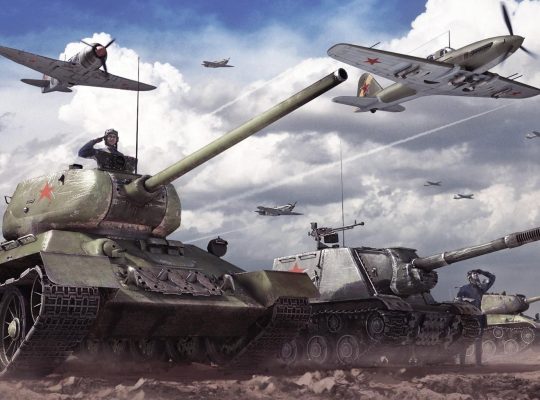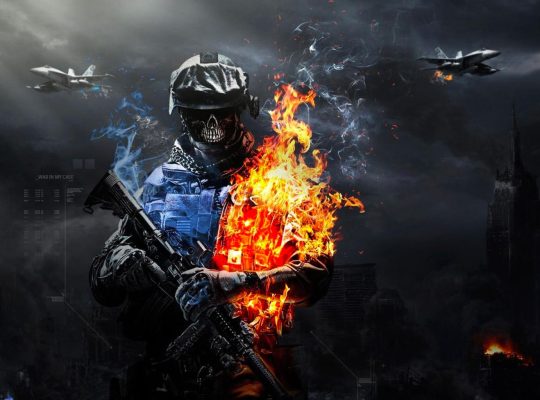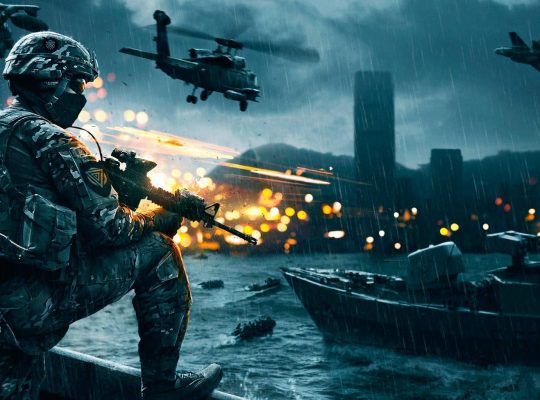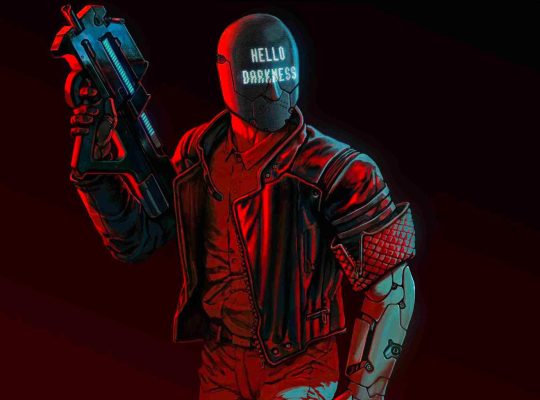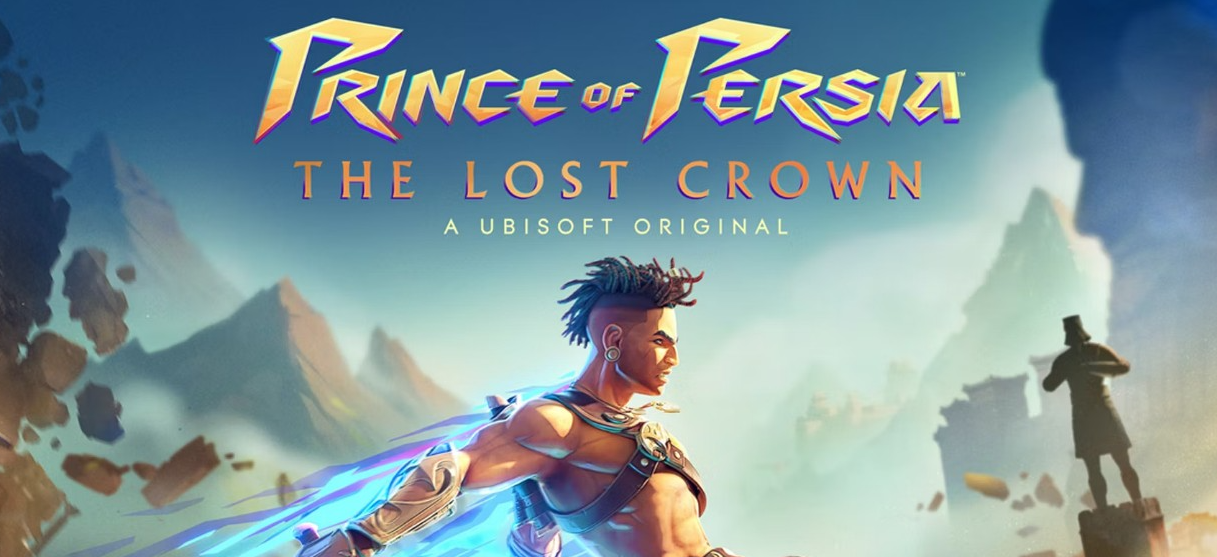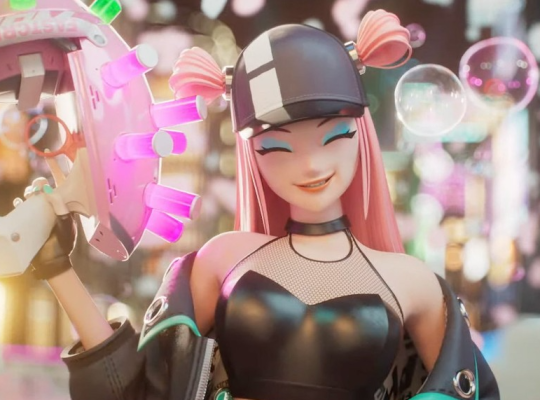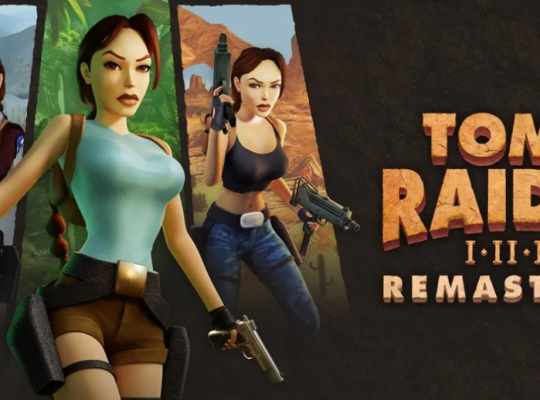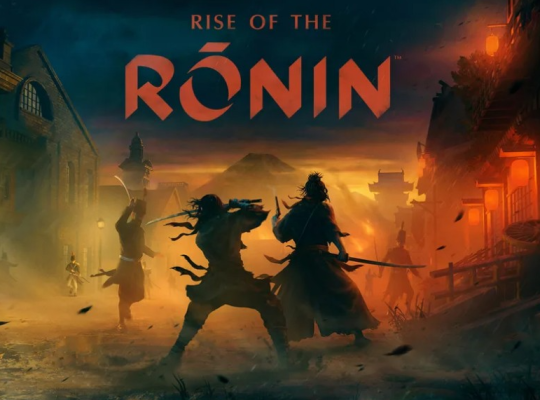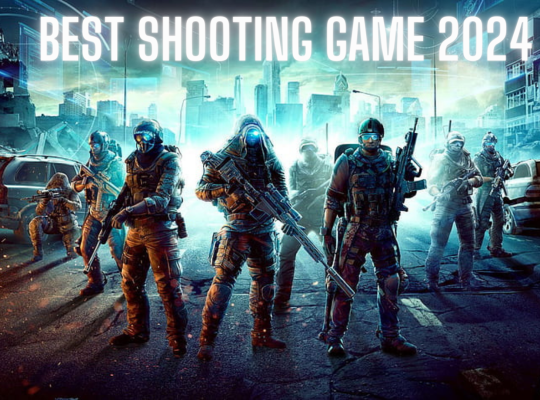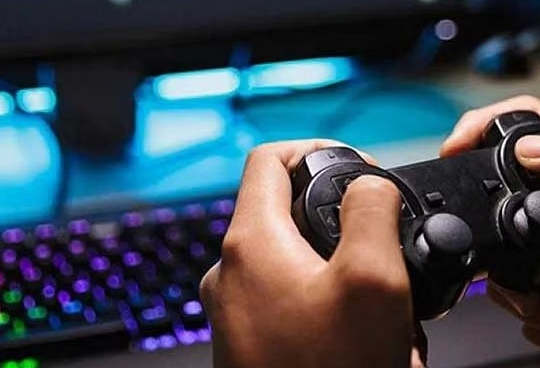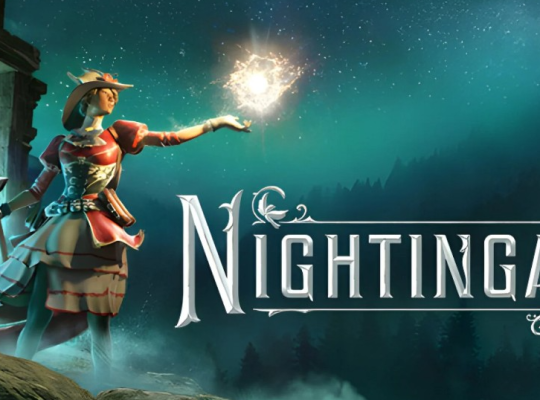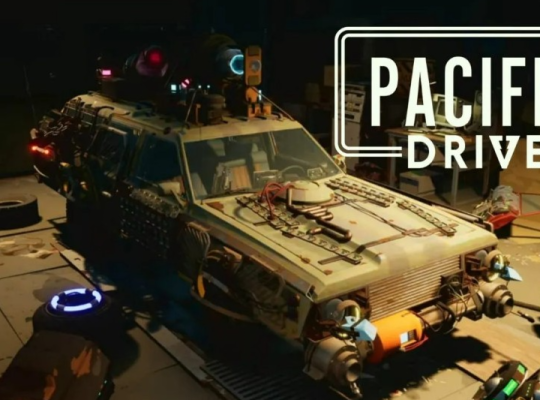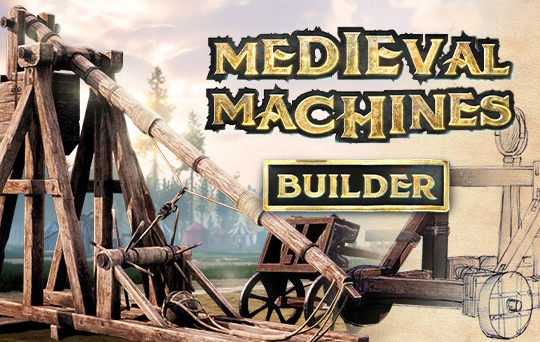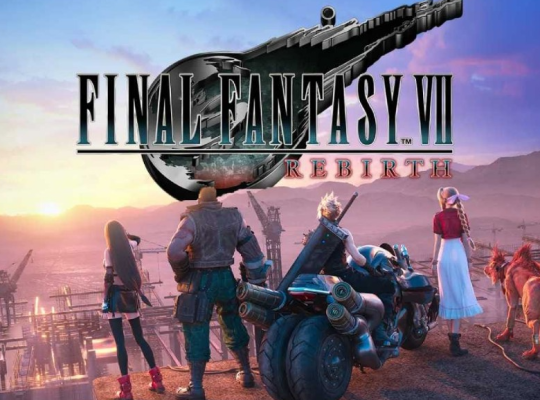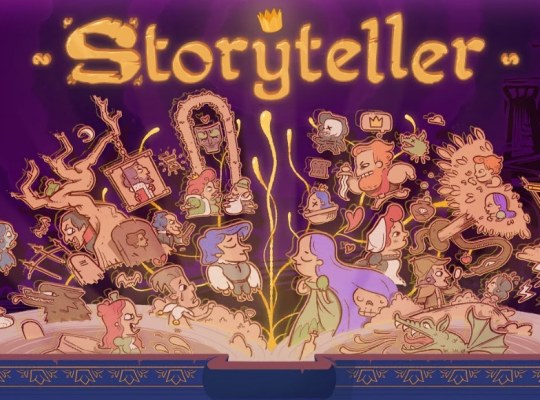Prince of Persia: The Lost Crown emerges as a captivating and remarkably successful revival, breathing new life into the beloved series. This latest installment, crafted by Ubisoft Montpellier, seamlessly integrates exhilarating platforming and intricate combat mechanics, sparking excitement among players eager to explore the untapped potential within the franchise.
I delved into the rich history of The Prince of Persia: The Lost Crown served as my entrancing initiation into a decades-long legacy. Regrettably unfamiliar with the franchise’s storied past, this game not only introduced me to its fascinating world but also left me pondering the missed opportunities that eluded me in years gone by.
Released on January 18, 2024, and available across multiple platforms including PlayStation 5, Xbox Series X/S, PlayStation 4, Xbox One, Switch, and PC, The Lost Crown masterfully delivers a harmonious blend of platforming prowess and a nuanced combat loop, solidifying its status as a contemporary Metroidvania classic. Despite a yearning for a more compelling narrative and a few system tweaks, the game’s allure proved irresistible, compelling me to extend my gameplay sessions well into the late hours of the night.
The game’s core strengths lie in its platforming and combat mechanics, elevating it to the status of a modern Metroidvania gem. The fluidity of movement, combined with the intricacies of combat, creates an experience that is both challenging and immensely satisfying. The developers at Ubisoft Montpellier exhibit a commendable level of creativity by infusing their spin on the familiar Metroidvania formula, making Prince of Persia: The Lost Crown stand out as a refreshing addition to the genre.
Venturing through the game’s intricate levels and engaging in combat encounters, I marveled at the detailed 3D models and textures that distinguish The Lost Crown from the typical 2D aesthetic prevalent in most Metroidvanias. The graphical excellence is particularly evident during side-scrolling gameplay, where minute details in the environments come to life, seamlessly integrating with combat animations to deliver visually stunning cutscenes and effects.
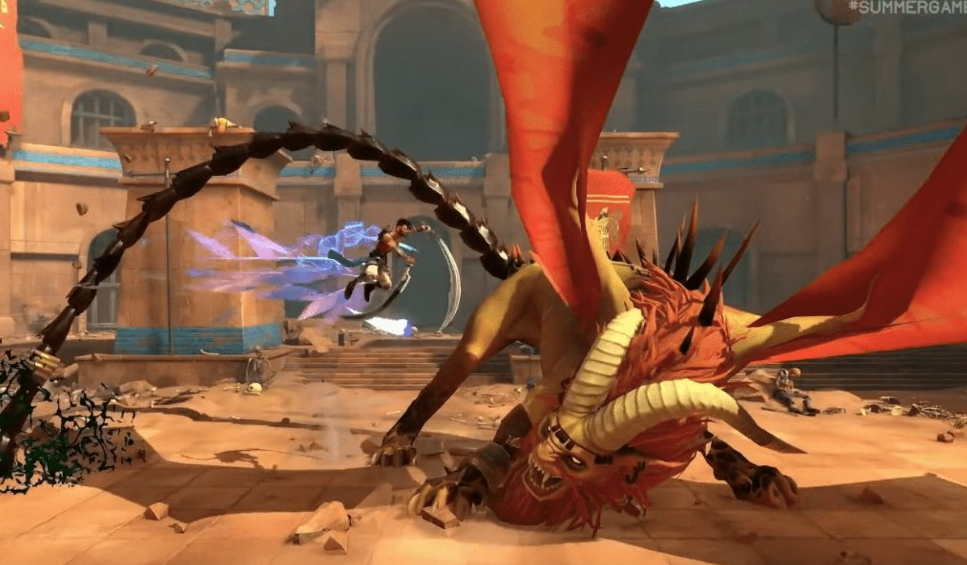
Performance-wise, The Lost Crown shines, providing a consistent frame rate throughout my 30-hour playthrough. Any potential immersion-breaking loading times were minimal, and the game ran smoothly even on max settings, reaching an impressive 200FPS on a system equipped with an AMD Ryzen 9 5950x and an RTX 3090.
In the auditory realm, the game impresses with impeccable sound effects during combat and battle cutscenes, accompanied by a serviceable yet forgettable main soundtrack. However, occasional choices in voice acting, such as an elderly character sounding unexpectedly young or a peculiar being employing a text-to-speech voice, raised questions about the consistency of the audio experience.
Despite these minor imperfections, The Lost Crown positions itself as a standout entry in the Metroidvania genre, redefining the expectations for a series that has been dormant for 13 years. Its confident leap into a new direction signifies a promising future for Prince of Persia, leaving players, both familiar and newcomers like myself, eager to witness where the franchise will land next. The Lost Crown not only pays homage to the roots of Prince of Persia but also establishes itself as a contemporary masterpiece, setting a high standard for the series’ future endeavors.
Prince of Persia: The Lost Crown Video Review
Venturing into the mesmerizing realm of Prince of Persia: The Lost Crown, players find themselves stepping into the shoes of Sargon, one of Persia’s elite Immortals, tasked with safeguarding the kingdom, its Queen Thomyris, and the abducted Prince Ghassan. Developed by Ubisoft Montpellier, this latest installment transcends the traditional Prince of Persia narrative, unfolding a labyrinthian adventure within Mount Qaf.
Set against a backdrop of diverse biomes, secrets, and intricate platforming puzzles, The Lost Crown captivates with its 21-hour journey. The dynamic exploration of Mount Qaf, from foggy maps revealing interconnected hallways to hidden chambers and shortcuts, adds an enthralling layer to the experience. Despite the joy of discovery, a desire for an enhanced fast-travel system and occasional backtracking is voiced.
Running seamlessly at 120 frames per second with a 4K resolution on current-gen consoles, The Lost Crown showcases a visually impressive landscape. Although the art style, featuring picturesque backdrops and painterly environments, contrasts with playdough-esque character models, the overall visual spectacle is undeniable.
In terms of gameplay, The Lost Crown stands among the genre’s best, offering a combat system evolving from simple parrying to a multifaceted array of ground attacks, air combos, and special amulets for customization. Athra Surges, fueled by combat energy, provide strategic advantages, while time powers add a layer of complexity for both combat and exploration.
The platforming aspects, marked by quick respawns and instant resets, create a challenging yet rewarding trial-and-error experience. Perfectly executed precision may lead to rare currencies, health enhancements, or unexpected miniboss encounters, enriching the Metroidvania journey.
Ubisoft Montpellier’s commitment to accessibility shines through a comprehensive suite of options, allowing players to fine-tune their experience. Despite a somewhat overshadowed storyline and minor issues, The Lost Crown’s relentless pull to explore Mount Qaf, coupled with outstanding platforming and engaging combat, weaves together a sublime gaming loop. In this Prince of Persia installment, gameplay reigns supreme, ensuring an irresistible and immersive experience.
Prince of Persia: The Lost Crown Review – Unraveling the Narrative and Setting
Within the esteemed Prince of Persia series, the pinnacle of acclaim was reached with Prince of Persia: The Sands of Time in 2003, boasting an impressive 92 on Metacritic. This installment introduced the groundbreaking concept of time manipulation, intricately tied to the hourglass motif. While subsequent titles in the series deviated from this theme, Prince of Persia: The Lost Crown marks a triumphant return, albeit with a fresh interpretation.
Story: Set within the Kingdom of Persia, Prince of Persia: The Lost Crown weaves a gripping narrative around “The Immortals,” a formidable group of warriors led by Varham. Devoted to the kingdom under Queen Thomyris’s rule, these seven warriors, including the protagonist Sargon, embark on a journey that unfolds with captivating momentum.
The narrative unfolds dynamically, commencing with a spellbinding animated cutscene introducing Sargon, the youngest Immortal, displaying his prowess by successfully repelling an invading army. However, the plot takes an intriguing turn as Prince Ghaasan, the Queen’s son, is abducted by Sargon’s mentor, setting the Immortals on a mission to rescue him. This quest leads them into the intricacies of a temporal anomaly, where time defies its natural flow, existing in intertwining timelines. The Lost Crown’s narrative promises a thrilling exploration of this temporal conundrum, adding layers of complexity to the already rich history of the Prince of Persia series.
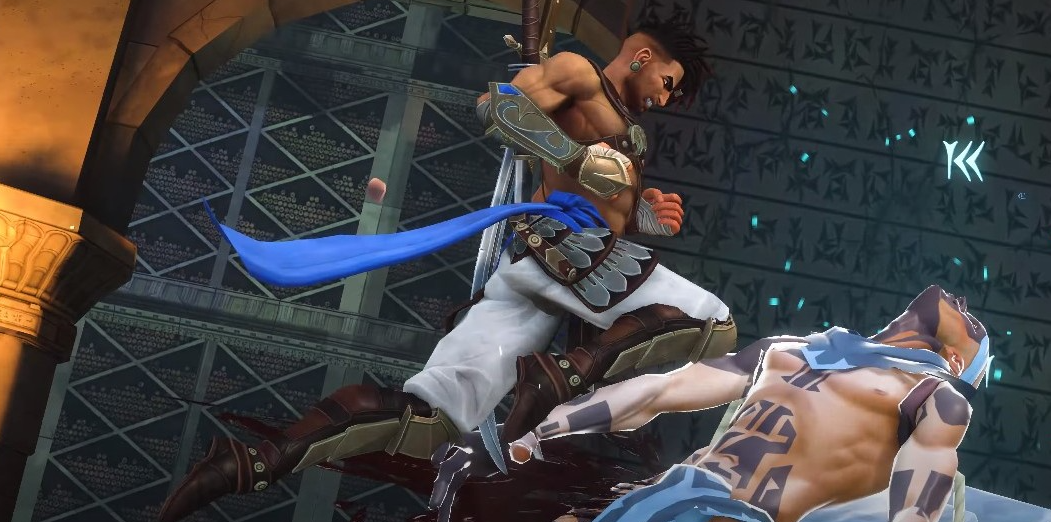
Setting: Within Prince of Persia: The Lost Crown, the stage is set with an alluring backdrop, holding the promise of unexpected twists and turns. However, the subsequent narrative disappointingly adopts a barebones structure, offering scant engagement for the player. Characters and NPCs, seemingly existing solely for player convenience, contribute little to the overarching story. Prince of Persia: The Lost Crown Even the main characters lack believable development, leaving a void in terms of character progression.
While the revival of the Sands of Time concept within The Lost Crown is commendable, the narrative struggles to fulfill its potential. Despite the captivating setting, the tale falls short, unable to weave a story that matches the brilliance of its predecessors. The Lost Crown, while successfully reintroducing certain elements, grapples with narrative shortcomings that hinder the full realization of its captivating premise.
Prince of Persia: The Lost Crown – Unveiling the Gameplay Brilliance
In the realm of Prince of Persia: The Lost Crown, where the narrative may falter with a sense of rush and disjointedness, the gameplay emerges as a testament to both passion and skillful design. Ubisoft, drawing inspiration from established Metroidvania formulas seen in titles like Hollow Knight or Blasphemous, injects its creative flair into the mix, crafting an experience that feels refreshingly distinctive.
The game’s level design and exploration mechanics showcase a strategic blend of old and new. Following a Metroidvania structure, The Lost Crown divides locations into sub-areas, each requiring players to follow the main quest, explore, activate checkpoints, acquire power-ups, and return to the hub for gear upgrades—a formula that maintains a satisfying rhythm.
Adding complexity to exploration, the introduction of Time Powers transforms seemingly impassable areas into navigable terrain. The game cleverly integrates a “Visions” feature, allowing players to mark areas for future exploration, enhancing the overall experience. With distinct environments, enemies, and progressive platforming challenges, The Lost Crown not only adheres to the genre’s conventions but elevates them, creating a gameplay tapestry that stands as a unique and skillfully designed contribution to the Metroidvania landscape.
Level Design & Exploration:
In the realm of Prince of Persia: The Lost Crown, the gameplay unfolds in a semi-open world structure, dividing various locations into sub-areas akin to Hollow Knight. The core gameplay involves following the main quest into new locations, exploring the area, activating checkpoints known as Wak Wak Trees, obtaining power-ups from the main quest, returning to the hub to upgrade gear, and repeating this cycle.
Each location introduces seemingly impassable passages that only become navigable after acquiring specific Time Powers, such as dashing or teleportation. Backtracking through previously explored locations with newfound abilities often rewards players with special items to enhance Sargon. The incorporation of the “Visions” feature adds a unique touch, allowing players to capture screenshots of inaccessible areas and pin them on the map for future exploration.
Mount Qaf’s diverse locations showcase distinct environments, level designs, and enemies. From a ruined city with spike traps and swingable poles to a lush forest with activatable mushroom platforms and explosive plants, each area evolves with added complexity as the game progresses. The introduction of new level design concepts keeps the gameplay engaging, such as a magical archive with dynamically changing traps based on the character’s movement.
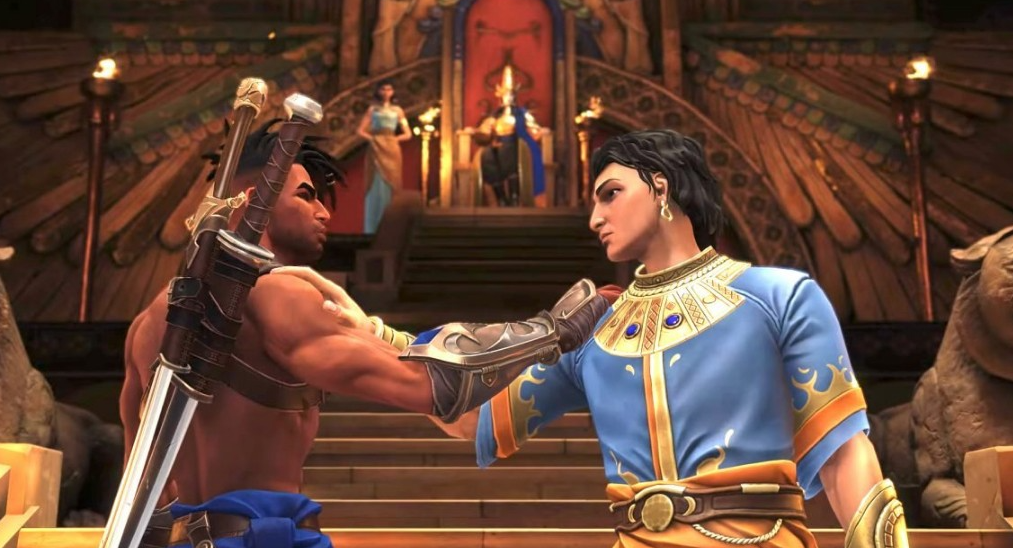
The Time Powers contribute to the intricacy of platforming, making late-game challenges exceptionally demanding. While it may not surpass the difficulty of Hollow Knight’s Path of Pain, it undoubtedly tests the average player’s platforming skills. Prince of Persia: The Lost Crown not only adheres to the Metroidvania formula but elevates it with innovative features, ensuring a captivating and challenging gaming experience.
Prince of Persia: The Lost Crown – Diverse Foes, Formidable Bosses, and Minor Hiccups
Prince of Persia: The Lost Crown introduces a rich tapestry of adversaries, showcasing an impressive roster of over 65 unique foes. Each enemy within the game exhibits distinct attack patterns and behaviors, spanning various species such as humans, birds, giant boars, shamans, monsters, and more. The game’s emphasis on effective counterplay requires players to adapt to the specific attack patterns of each foe, highlighting the significance of learning and overcoming the diverse challenges presented in every location.
The standout features extend to the formidable bosses encountered throughout The Lost Crown. These key adversaries are exceptionally well-designed, leaving a lasting impression with satisfying combat sequences and captivating cutscene animations. However, amidst the brilliance, minor setbacks in the form of occasional bugs slightly tarnish the overall experience. Despite these hiccups, the diverse enemy encounters and stellar boss battles contribute to the game’s overall appeal, offering a blend of challenge and excitement within the realm of Prince of Persia: The Lost Crown.
Boss Encounters:
Within Prince of Persia: The Lost Crown, the spotlight shines on its exceptional boss encounters, marking them as a standout feature in the game’s design. These key adversaries not only exhibit excellent design but also deliver memorable combat experiences that resonate with players. The satisfaction derived from engaging these formidable foes is further amplified by impressive cutscene animations, dynamically triggered by perilous attacks or successful parries against yellow-glowing strikes.
The game’s bosses, meticulously crafted and thoughtfully integrated into the narrative, contribute significantly to the overall appeal of The Lost Crown. The fusion of challenging combat mechanics, visually stunning animations, and the strategic intricacies of each boss battle elevate the gaming experience. In the realm of Prince of Persia: The Lost Crown, these boss encounters not only serve as formidable challenges but also leave an indelible mark on the player’s journey, adding a layer of excitement and accomplishment to the narrative tapestry of the game.
Bugs:
Despite the overall positive gameplay experience, Prince of Persia: The Lost Crown is not without its minor imperfections. During my 30-hour playthrough, I encountered a few bugs, such as getting stuck in walls and facing difficulty jumping. Fortunately, these issues were resolved by experimenting with various inputs until a solution was found. However, it’s worth noting that if the bugs persisted, there was a potential risk of losing around 20 minutes of progress since the game only saves when resting at a Wak-Wak Tree. These occasional bugs, while not game-breaking, do pose a slight inconvenience to an otherwise immersive gaming experience.
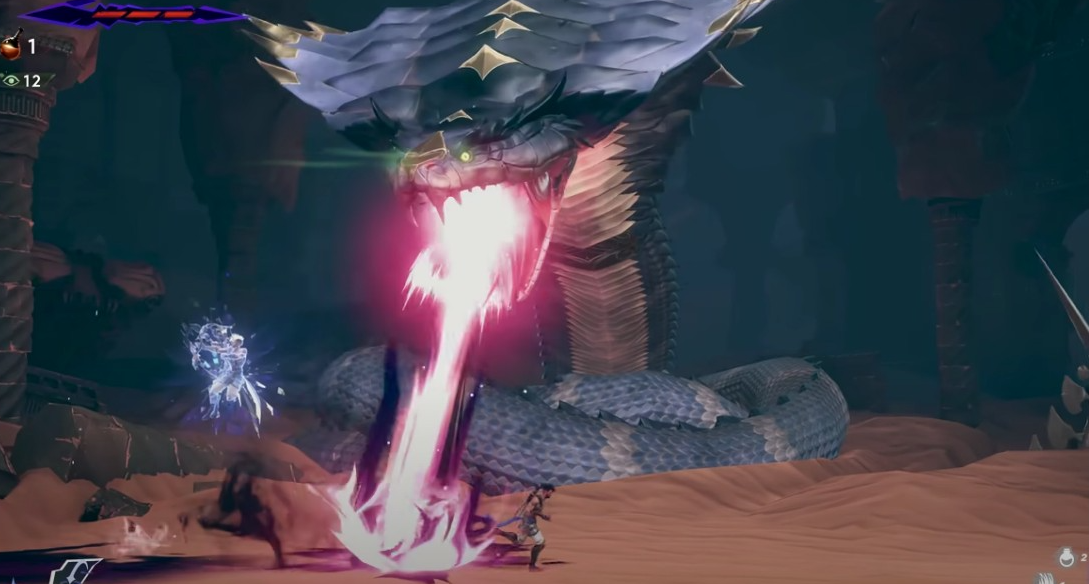
Prince of Persia: The Lost Crown – Design, Visuals, and Audio Brilliance
Design and Visuals: Prince of Persia: The Lost Crown breaks away from the conventional Metroidvania style by incorporating 3D models and textures, diverging from the prevalent 2D aesthetic. Graphically, the game shines during side-scrolling gameplay, offering intricate details in every environment and seamlessly blending art style into combat animations. While characters appear well-designed during battles, a closer look at cutscenes reveals a slight collapse in their visual appeal. However, this does not detract significantly from the overall experience.
Performance-wise, the game excels with a consistent FPS throughout a 30-hour playthrough, experiencing minimal loading times. Running smoothly on max settings, the game showcased impressive performance, reaching up to 200FPS on a system equipped with an AMD Ryzen 9 5950x and an RTX 3090.
Audio: In terms of audio, The Lost Crown boasts excellent sound effects for combat and battle cutscenes, coupled with a serviceable yet forgettable main soundtrack. The voice choices for certain characters raise occasional questions, with instances of an elderly character sounding young or a peculiar being using a text-to-speech voice.
Pricepoint, Game Length & Replayability: Priced at $49.99, The Lost Crown stands out as a more expensive Metroidvania compared to others known for their affordability. Despite introducing unique elements like directional combos and distinctive Time Powers, the game’s 30-40 hours and some weaknesses make the price seem steep in comparison to genre favorites priced at least $20 less.
The Lost Crown transforms Prince of Persia into a Metroidvania, finding a comfortable home in this genre of expansive worlds. The game invites players to revisit familiar areas, unlocking new secrets through acquired powers. However, the severe difficulty curve, especially in later sections and boss battles, requires memorization of intricate patterns and precise execution. The occasional frustration encountered in challenging segments contrasts with the overall joy derived from fluid acrobatics and attack combos.
The game’s flexibility allows exploration of other areas when faced with difficulty, encouraging players to discover new powers that open opportunities across Mount Qaf. Upgrading weapons, enhancing health potions, Prince of Persia: The Lost Crown, and configuring amulets add depth to the gameplay, providing options to tailor Sargon’s abilities for specific challenges.
Prince of Persia: The Lost Crown represents a bold new journey for the series, confidently leaping into the Metroidvania genre. It not only incorporates notable elements from the series’ iterations but also stands as a formidable entry in its chosen genre, comparable to the quality of games like Metroid Dread or Hollow Knight rather than mere imitations. As the series takes this exciting new direction, the prospect of its future endeavors becomes even more intriguing after a 13-year hiatus from wholly new Prince of Persia games.
Prince of Persia: The Lost Crown – A Stylish Return to Franchise Roots
Prince of Persia: The Lost Crown marks a seamless return to the essence of this beloved franchise, delivering clever 2.5D action wrapped in a delightful art style and a gratifying narrative. The game strikes a smart balance, offering a blend of old-school action and challenge, addictive combat, and engaging puzzles.
Prince of Persia: The Lost Crown This mix is complemented by accessibility options and fine-tuning, making the experience accessible to both newcomers and casual players. Ubisoft Montpellier, known for its capable hands, lives up to expectations, presenting the first must-play title of 2024. The Switch port, in particular, excels, showcasing the game’s excellence in delivering a compelling experience.
Also See – Like a Dragon: Infinite Wealth Reviews – Stylish Experience.


